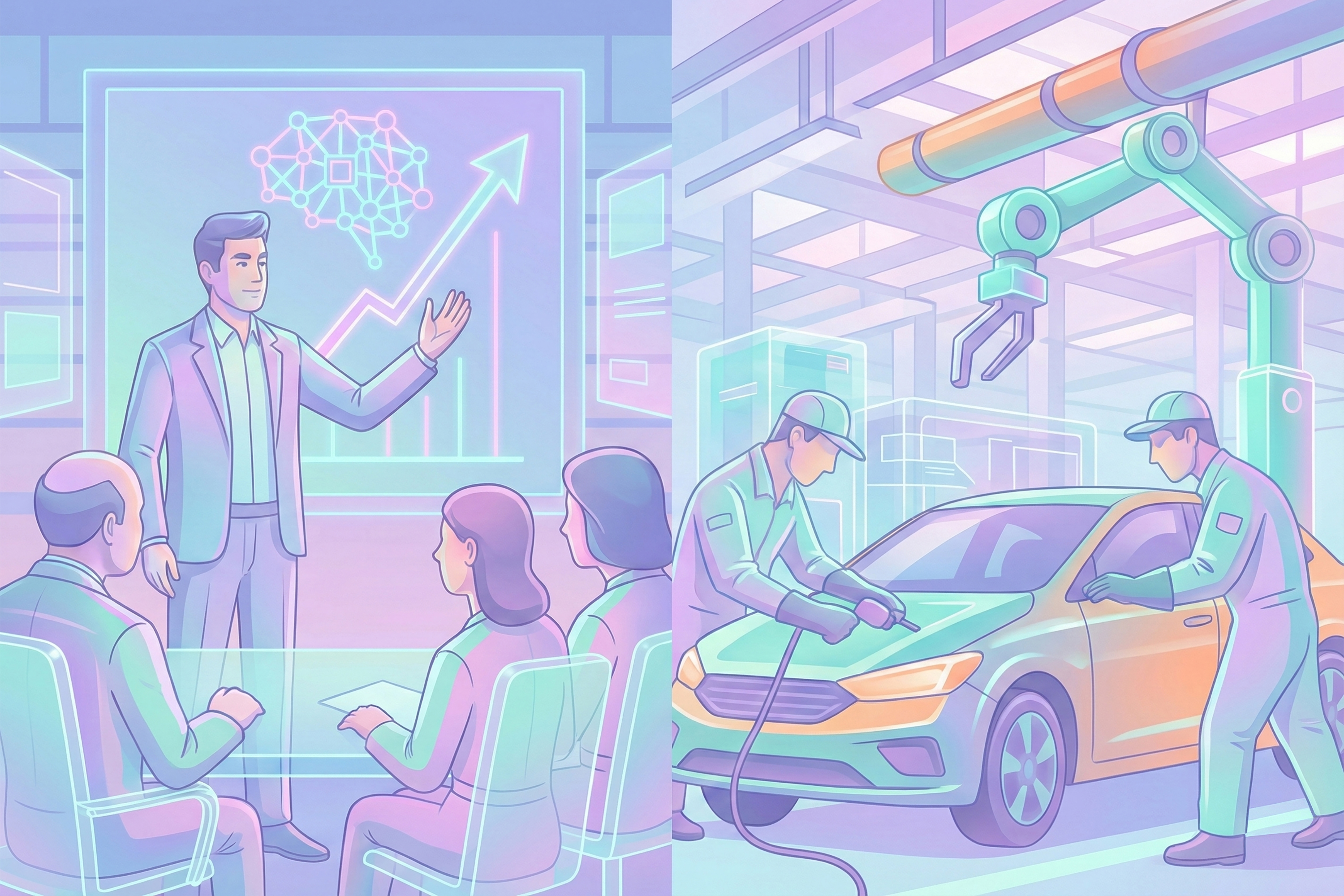
An important prerequisite for the emergence of future (digital) ecosystems is the presence of a data exchange infrastructure on which platforms can easily trade datasets and algorithms. Besides meeting functional requirements, such as data provenance and a trusted exchange environment, we have previously highlighted a frictionless data pricing system as an important enabling factor to kickstart a data economy at scale. Here, we will take a closer look at the different approaches in data pricing and trading.
Today’s data marketplaces are far from frictionless and scalable. Both sellers and buyers face substantial hurdles in terms of pricing and trading. Firstly, the market of potential sellers currently lacks the knowledge, tools, scale and transparency to properly price data, resulting in overall inertia on the side of sellers. This is further complicated by the fact that data as an economic good has a unique combination of properties. It is a non-rival good which allows for simultaneous use and it is not devalued when used by others. Lastly, price negotiation and trading are cumbersome due to the lack of standardization and limited discoverability caused by market fragmentation.
The complexity of data pricing and trading becomes clear when we look more closely at the different approaches. A survey on big data market pricing distinguishes between two categories of pricing models: economics-based pricing models and game-theoretical pricing models. The former focuses on economic variables such as cost, consumer perception and supply and demand. However, with these pricing techniques,the difficulty generally lies in determining the costs of collection, management and processing due to the wide variety and complexity of these endeavors. Game-theory-based pricing instead dynamically takes competitors and buyers into account when pricing data (e.g. Stackelberg Game, non-cooperative game or bargaining game).On top of different pricing models, we can also distinguish different ways in which data services are offered, ranging from free to flat-fee to freemium.
One way to significantly reduce the daunting complexity of these different approaches is through user-interfacedesign. Placing these different pricing models, strategies and indicatory tools in a clear and easy to use interface will make less experienced data owners more willing to price their data. Furthermore, friction could also be further reduced by building data marketplaces on a standardized protocol which allows for the exchange of metadata, enabling sellers to base their prices on similar assets in other markets. Lastly, emerging technological developments around blockchain, encryption and smart contracts could also allow for more interesting data licensing models in which data use could be automatically tracked, priced, traded and protected in real-time.
